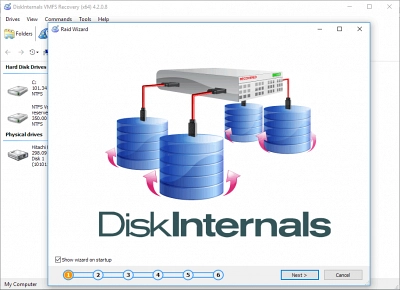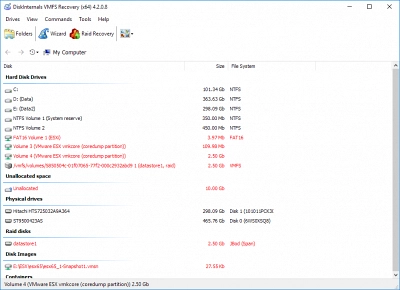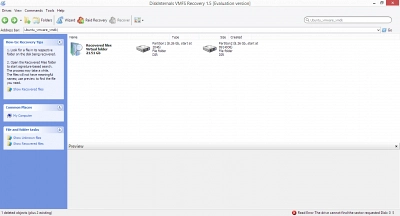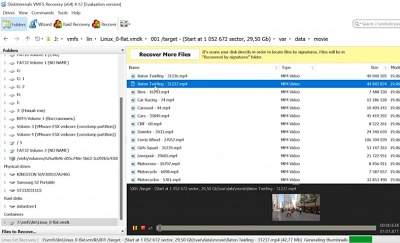How to recover deleted files from VMware virtual machine
All the time, you’d hear IT admins and pro PC users talk about “Data Recovery”. Yes, it is that important, regardless of whatever you’re using a computer to do. You can recover files from a regular hard disk drive, you can also recover files from a VMware virtual machine. So, let’s get closer to the subject of today's article.
How Do I Recover VMware Virtual Machine From Backup
While it is possible to restore VMware virtual machines from backup files (VMDK), such recovery won’t go through if the dataset of the VM is deleted. The procedures to recover your VMware VMs from VMDK files – with the main focus on VMs launched on ESXi hostsare explained below:
- You have to access the ESXi Web Client, go to the Storage page, and click on “Datastore browser” on the toolbar.
- In the new window, click “Create directory” and create a new folder for the new virtual machine.
- Import the VMDK and VMX files into this new folder.
- Go to the Virtual Machines page, and click on Create/Register VM on the toolbar.
- On the “Select creation type” page, choose “Register an existing virtual machine” and click the Next button.
- On the next page, select your virtual machines and click Next.
- Click the Finish button and close the Wizard.
- Now, back on the Virtual Machines pace, the newly created VM would appear as a VMX file – all you need to do is to right-click on it, rename it, and power it.
Now that the backup file has been used to create a new VM – with the same properties as the old VM – on your VMware ESXi host, that is the recovery you need. But, using this method doesn’t work all the time; hence, you may want to consider using a third-party tool.
Recover VMware VM with VMFS Recovery
Every other VMware VM recovery option can only restore or back up one single ESXi VM at a time. Therefore, they are not the best solution for enterprise businesses and IT admins that handle multiple VMs.
That said, if you need to recover multiple VMs at a time, you need a professional VMware VM recovery software, and that’s where DiskInternals VMFS Recovery comes in.
Step One

Launch the DiskInternals VMFS Recovery software – the Recovery Wizard will launch automatically, too – select the disk where you had saved the VM file and choose a scanning/recovery mode.
Step Two

You may start with the Fast Recovery mode, which is pretty fast and time-saving. However, if you want to make a wholesome recovery to repair corrupt or damaged files, choose the Full Recovery mode. While the recovery scan is ongoing, DiskInternals VMFS Recovery will automatically examine and structure/fix bad sectors on the disk.
Step Three

Once the scan is complete, the deleted files will be marked with a red asterisk – search carefully and find the VM files you were looking to recover.

DiskInternals VMFS Recovery lets you preview recovered files for free, which means you can preview the files you just recovered to figure out the ones that are more important to re-save to your computer.
Conclusion
The DiskInternals VMFS Recovery is the most reliable tool to use in recovering virtual machine files seamlessly. You can recover hundreds of files at the same time using this tool.
